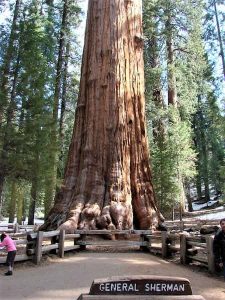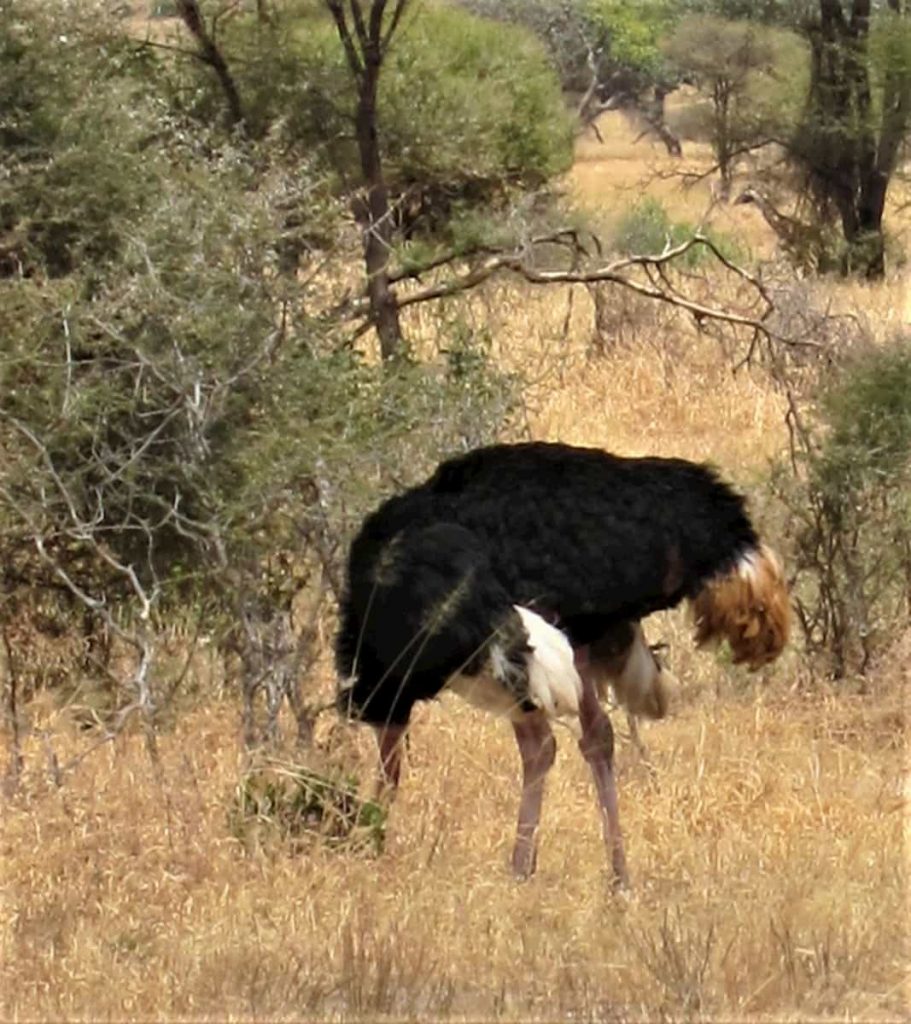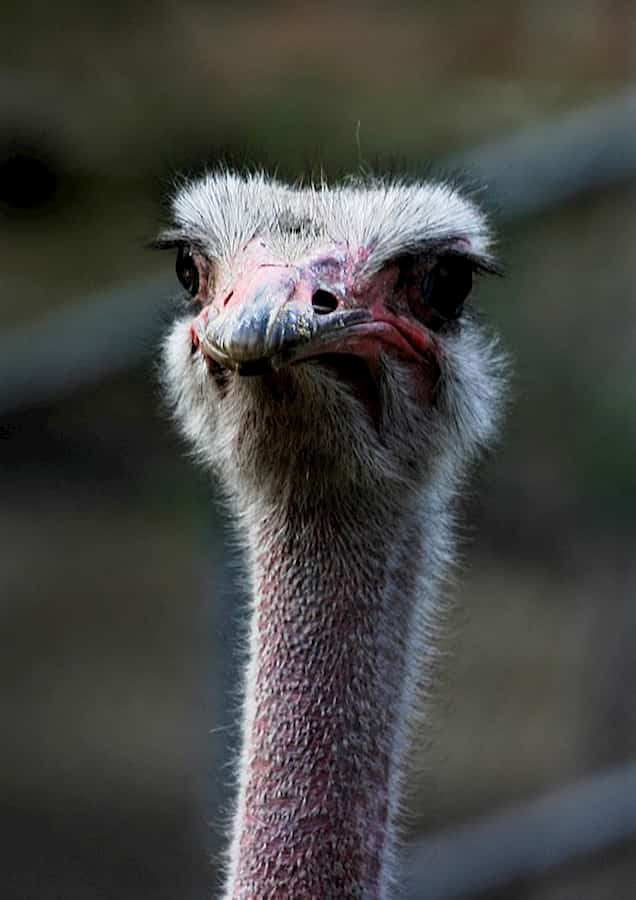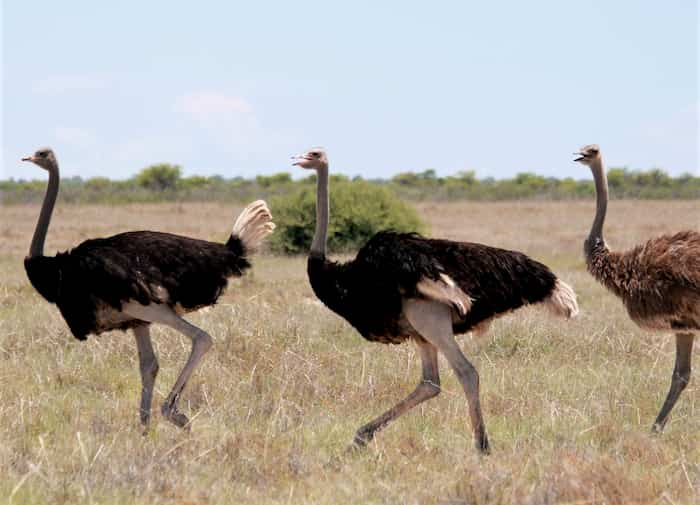The Great Dane, a huge, but gentle dog breed. Is it the tallest dog in the world?
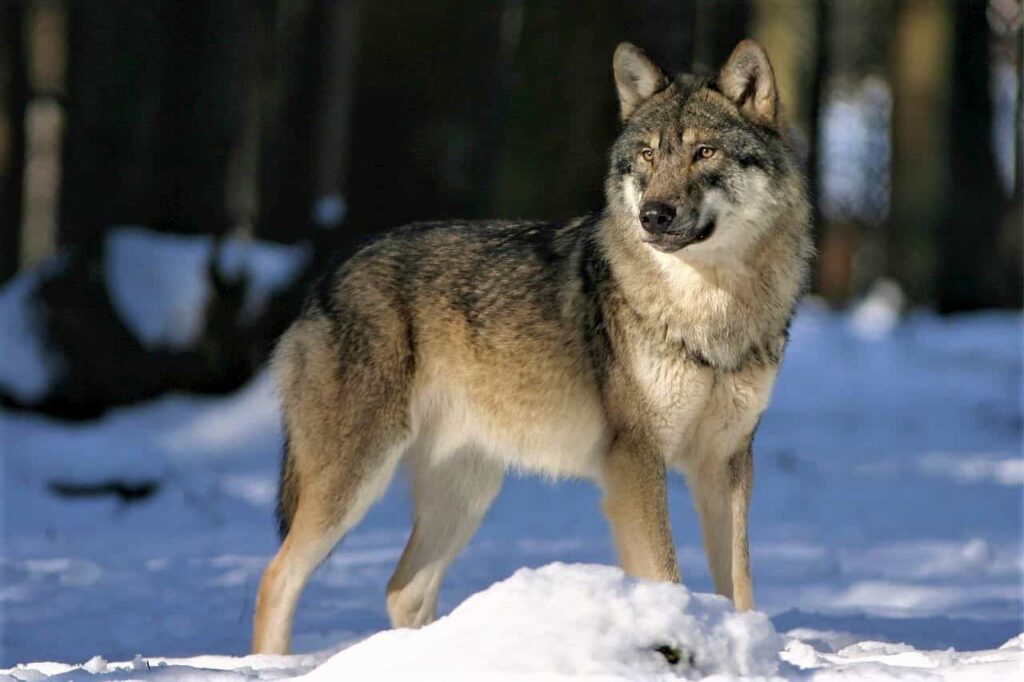
Dogs come in all sizes. There are small dogs, like the chihuahua, the Yorkshire terrier, and the Pomeranians. And there are big dogs, like the Mastiffs, the Irish Wolfhound, and the Great Dane. The strange thing about all these different dog-breeds is that they all come from the same origin… The wolf.
But how do you domesticate a wolf?
New research shows that maybe the process of taming the wild wolves started much earlier than we previously thought. Real evidence is obviously difficult to obtain. Previous studies suggested that the first “dogs” appeared around 15000 years ago. That’s about when we started to have settlements. Places were the early humans could survive the cold winter, store what they had gathered in summer, or arrange defenses.
A few thousand years after that, we have the first signs of agriculture. And the more people settled, the more reason we would have had for taming the wildlife around us.
However, new evidence suggests much earlier domestication of the wolf. A wolf-bone from 35.000 years ago found in Siberia, could point to a situation where the wolf followed the much earlier nomadic tribes on their migration from different hunting grounds. Maybe first at a distance, but after some time, the two species came to acknowledge the possible mutual benefits of collaboration.
Or maybe it was the wolf that domesticated us?
The fact that the face of a dog has muscles around the eyes, that wolves don’t have, suggests a development, an evolution, rather than just domestication. The wolves needed to be able to talk to humans. And they absolutely needed to be able to send signals through their faces, signals about vulnerability, affection, and bonding. The face of a dog can actually stimulate the productions of Oxytocin in humans. That’s the same love-hormone that increases the bond between a mother and her child.
So, back to the smallest dogs…
Most dog breeds are nowhere near as old as 35.000 years, though. And many are just a few hundred… It’s incredible to see how much a species can change in such a short period of time, and they’re still changing. New dog breeds pop up regularly, with the latest, The Biewer Terrier, recognized this year 2021 by the American Kennel Club.
The Biewer Terrier is one of the smallest dog breeds that exist today, only 7 to 11 inches (18 to 28 cm) in height, with weight being 4 to 8 lbs (1,8 – 3,6 kg). There are smaller dogs than that though:
(Standards from The Fédération Cynologique Internationale, the World Canine Organisation)
- Chihuahua – Height, 6 – 9 inches (15 – 23 cm). Weight, 2 to 6 lbs (1 – 3 kg)

- Russkiy Toy – Height, 8,5 – 10,5 inches (22 – 27 cm). Weight, 2 to 6 lbs (1 – 3 kg).

- Yorkshire Terrier – Height, 8 – 9 inches (20 – 23 cm). Weight,up to 7 lbs (3,2 kg)
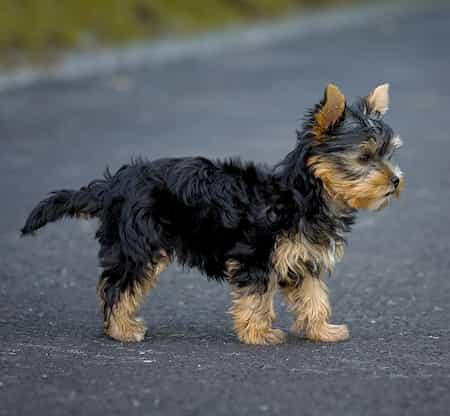
- Prazský krysarík – Height, 8 – 9 inches (20 – 23 cm). Weight, 3.3 – 7.7 lbs (1.5–3.5 kg).
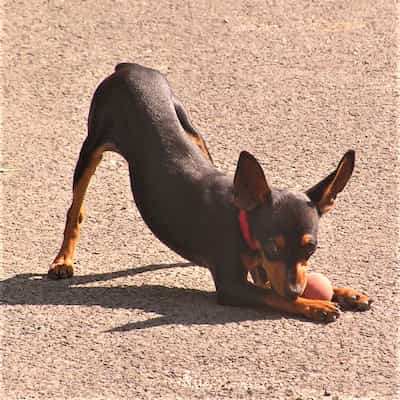
- Pomeranian – Height, 7 to 12 inches (18 to 24 cm). Weight, 3 to 7 lbs (1.4 to 3.2 kg)
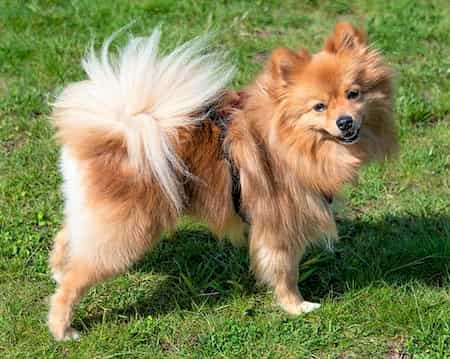
And the biggest…
- Mastiff – Weight, Dogs > 200 lbs (90 kg), Bitches > 165 lbs (75 kg)
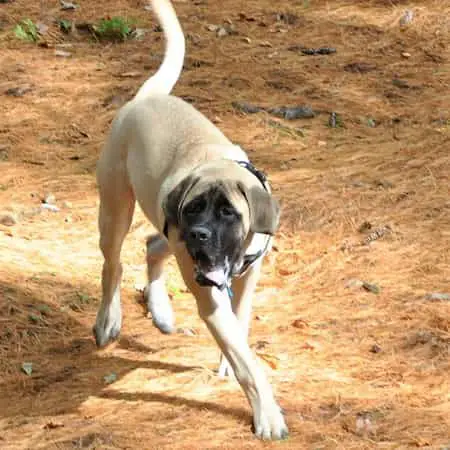
- St. Bernard – Weight, Dogs 140 – 180 lbs (64 to 72 kg), Bitches 120 -140 lbs (54 – 64 kg). Height Dogs 27,5 – 35,5 inches (70 – 90 cm), Bitches 25,5 – 31,5 inches (65 – 80 cm). But these dogs are not penalized if they are bigger than this.
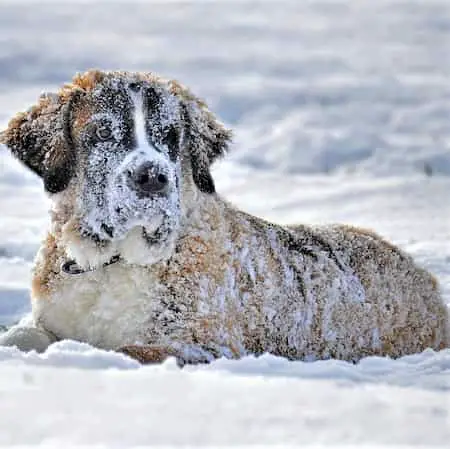
- Newfoundland – Weight, Dogs 143 – 176 lbs (65 – 80 kg), Bitches 121 – 143 lbs (55 – 65 kg). Average height, Dogs 28 inches (71 cm), Bitches 26 inches (66 cm).
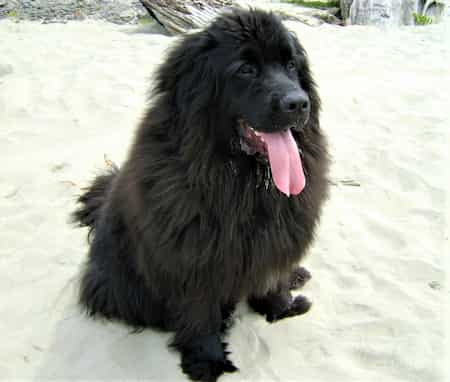
- Tosa Inu – Height, Dogs > 23,5 inches (60 cm), Bitches 21,5 inches (55 cm). Tosa has no maximum measure, and individuals of 200 lbs (90 kg) exist.
- Irish Wolfhound – Minimum Height, Dogs > 31 inches (79 cm), Bitches > 28 inches (71 cm). Minimum Weight Dogs > 120 pounds (54.5kg, Bitches 90 pounds (40.5 kg). There is no absolute maximum height but a so-called desired height, being 32 – 34 inches (81 – 86cm) for dogs.
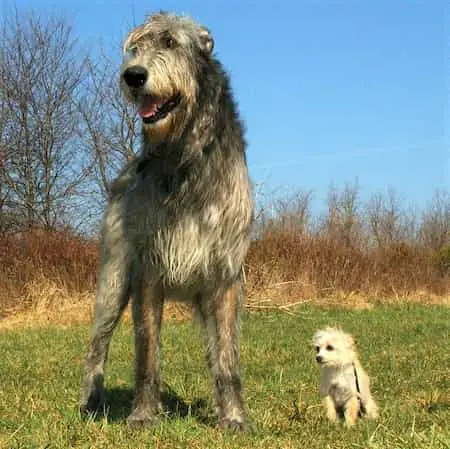
And there are many others. Especially when you enter the realm of non-pure-breeds… Dogs that are bred for certain objectives, and maybe far away from Pedigree-controlling associations. Dogs like the Central Asia Shepherd Dog (Alabai), Anatolian Shepherd Dogs, Caucasian Shepherd Dog, as well as other standardized and non-standardized shepherd-dogs can reach very impressive dimensions.
To clarify the the question – Which is the tallest dog in the world?
And specifically, if the Great Dane could be regarded as the tallest dog in the world. While this huge hunting-dog with Mastiff-origins often is said to be the biggest in the world, sometimes it is contested by the Irish Wolfhound. So, who holds the title The tallest dog in the world? Let’s look at the Standard for the Great Dane and compare it with that of the Irish Wolfhound:
- Great Dane – Height Dogs 31,5 – 35,5 inches (80 – 90 cm), Bitches 28,5 – 33 inches (72 – 84 cm). There is no weight standard.
Interestingly, the Irish Wolfhound doesn’t have a maximum size, and that makes it more difficult to compare. Because, as you can see, the range of height and weight can be quite large. A very small miniature poodle could be smaller than a big Chihuahua. It’s only when we measure individuals, that we can determine who is bigger and smaller.

When it comes to the tallest dog in the world, the Great Dane is slightly taller, but a very tall Irish Wolfhound could beat it without being disqualified. A dog that doesn’t stay within the race-limits is regarded as faulty, but it doesn’t mean it is not a pure-breed dog. It could still have a pedigree, be qualified for breeding, and it could still compete for the title The tallest dog in the world
So, how do we determine the winner?
Well, we still have one more way to measure. Apart from the race-standards, we could ask Guiness Book of Records about their investigations. They keep record about records, so they should be able to provide some facts. And this is what they say…
- The smallest dog in the world is Milly, a Chihuahua. She is 3.8 inches tall (9.65 cm).
- Before her the smallest dog was Boo Boo, still a Chihuahua. She was 4 inches (10.16 cm).
- The tallest dog in the world is Freddy, a Great Dane measuring 40,7 inches (103,5 cm).
- Before him the tallest dog in the world was Zeus, another Great Dane. Zeus was also the tallest dog ever with a withers-height of incredible 44 inches (111,8 cm).
- And before them there where Giant George, Titan, Gibson, Shamgret Danzas, and many others. All of them Great Danes.
What about the heaviest, then?
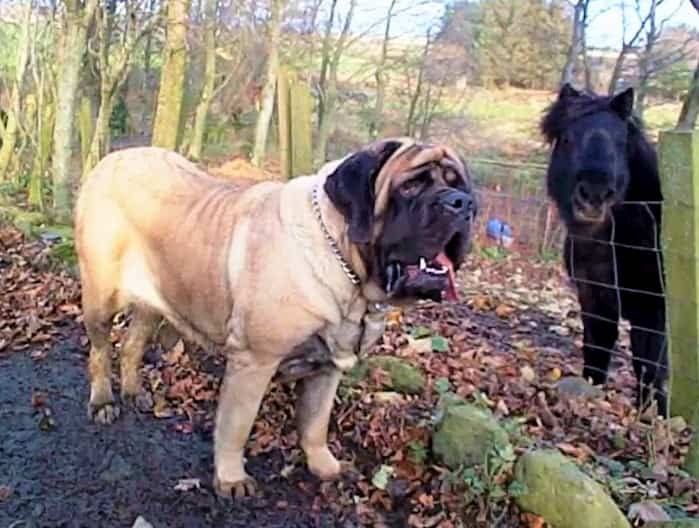
Yes, absolutely correct. Because big could also mean big as in heavy, pound per pound. And the prize for The heaviest dog ever, as well as the longest goes to
- Zorba. An English Mastiff. He actually holds the record twice. In 1987 he was 315 lbs 143 kg). But in 1989 he had put on some weight and weighed in at 330 lbs (149,7 kg). His height was 37 inches (94 cm), and the length of 8 feet 3 inches (251 cm) from the tip of his nose to the tip of his tail. That makes him the heaviest and longest dog ever.
So, there you have it. We can not determine what singular dog is bigger since we do not know all dogs in the world. And we cannot say for sure if dogs of a certain breed always are bigger than dogs of another breed. But as far as race-standards, as well as the world record by Guinness, there should be no doubt about it… The Chihuahua is the smallest dog, the English Mastiff is the heaviest, and the Great Dane is the tallest dog of them all, hands down.
Yes, the Great Dane is the tallest dog breed in the world.
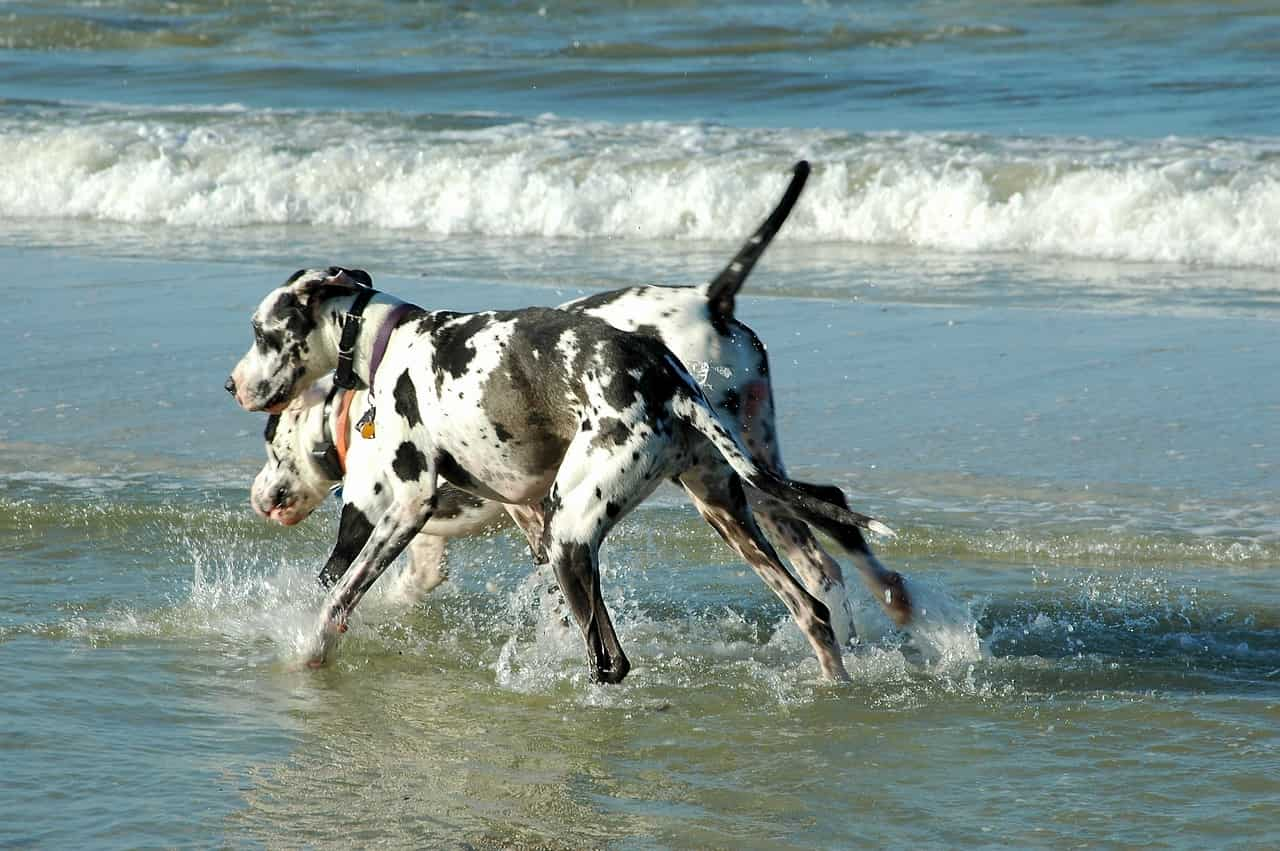
sources

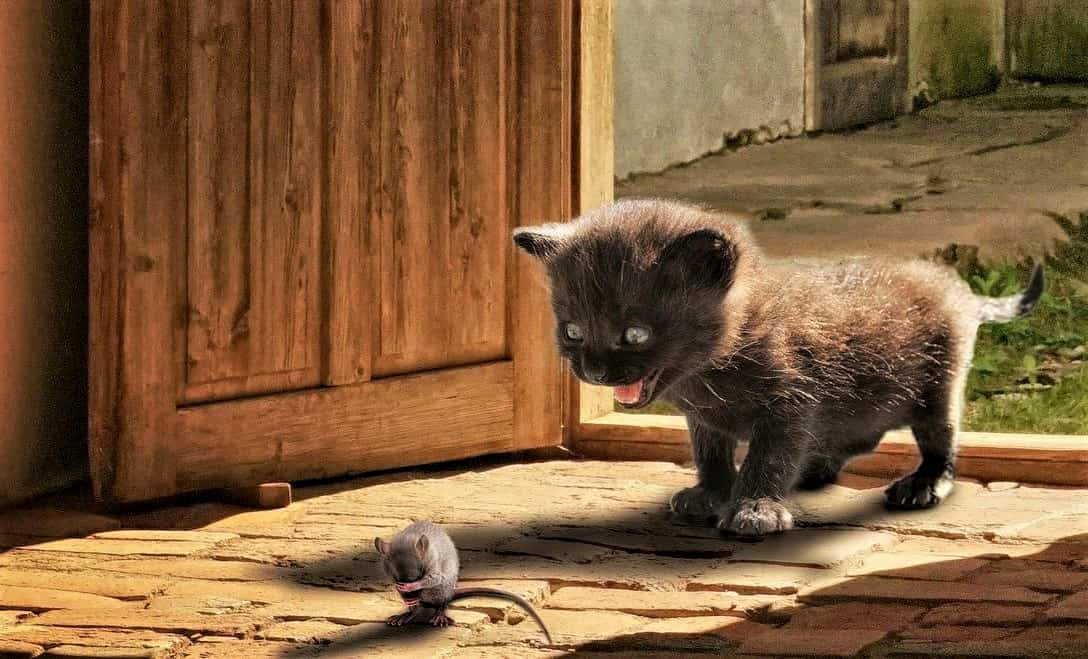

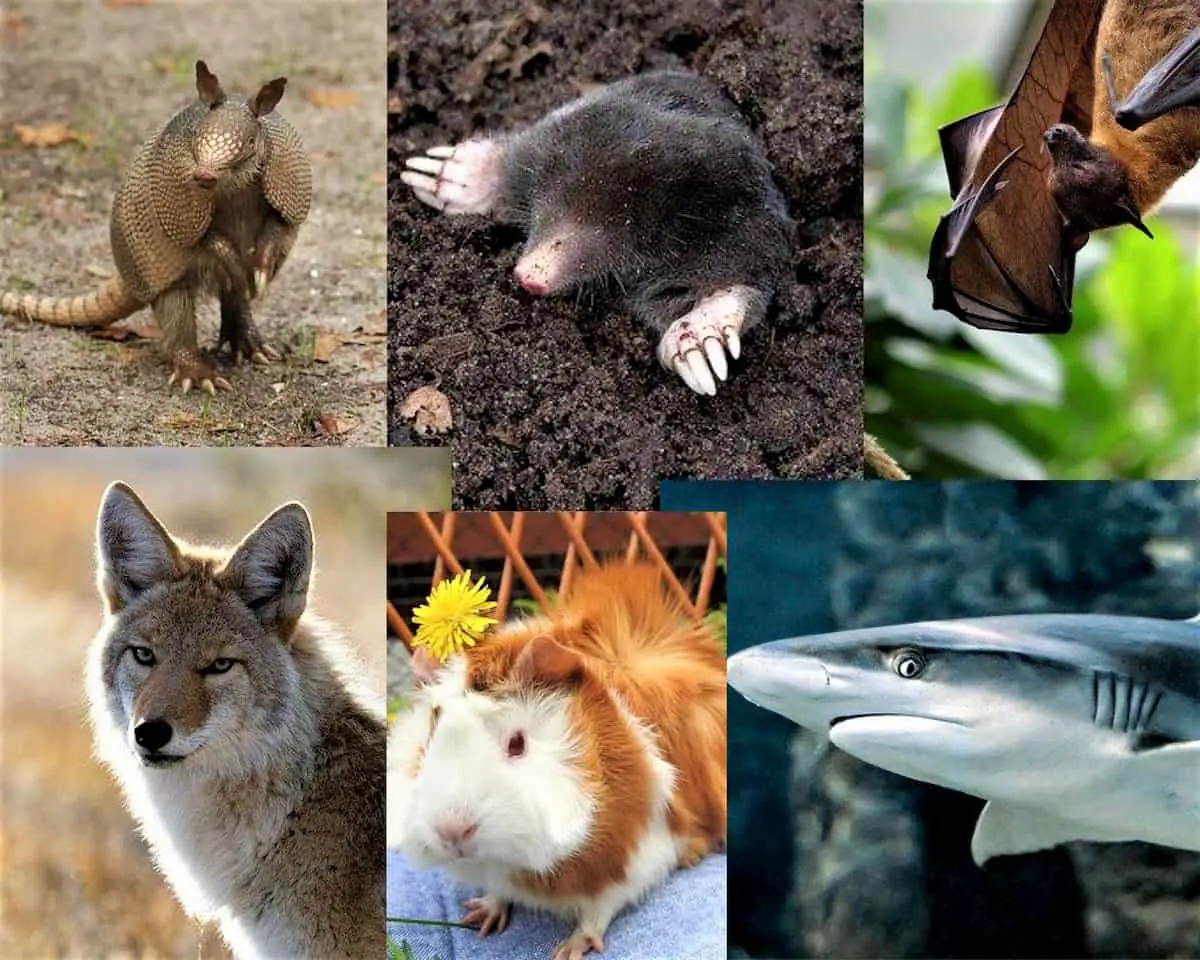

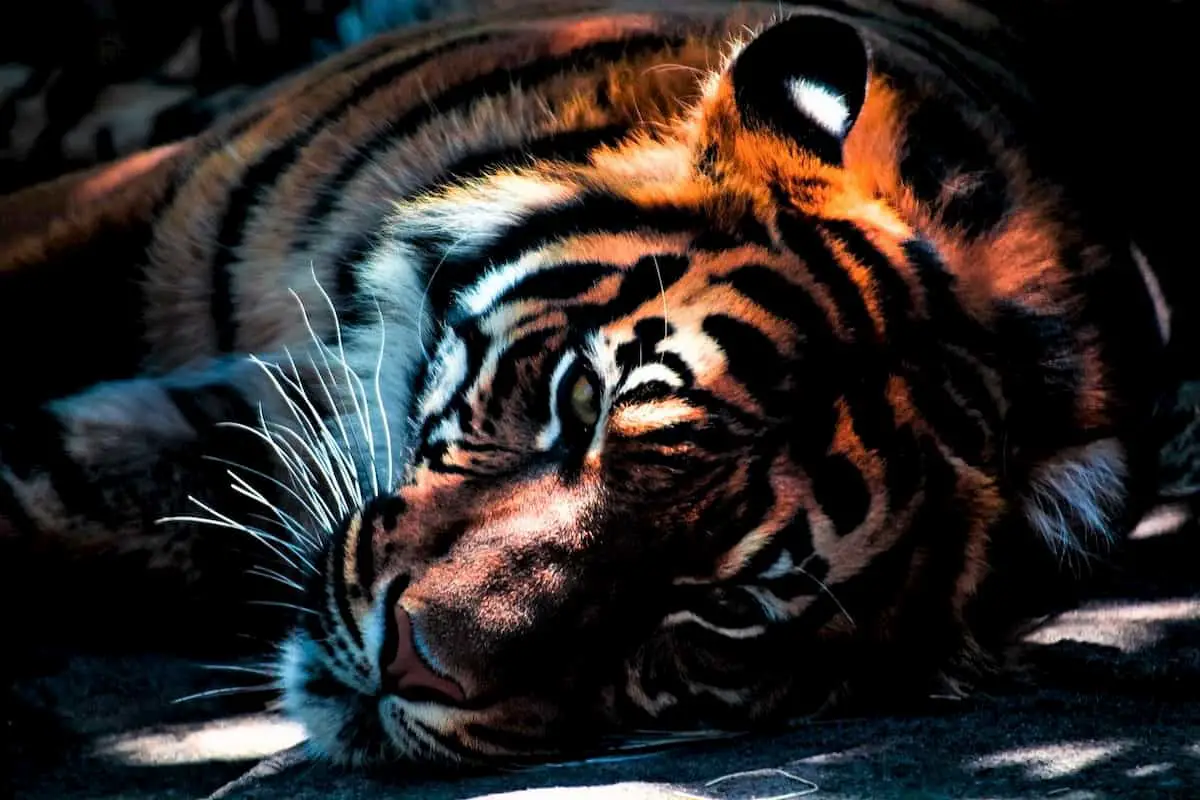
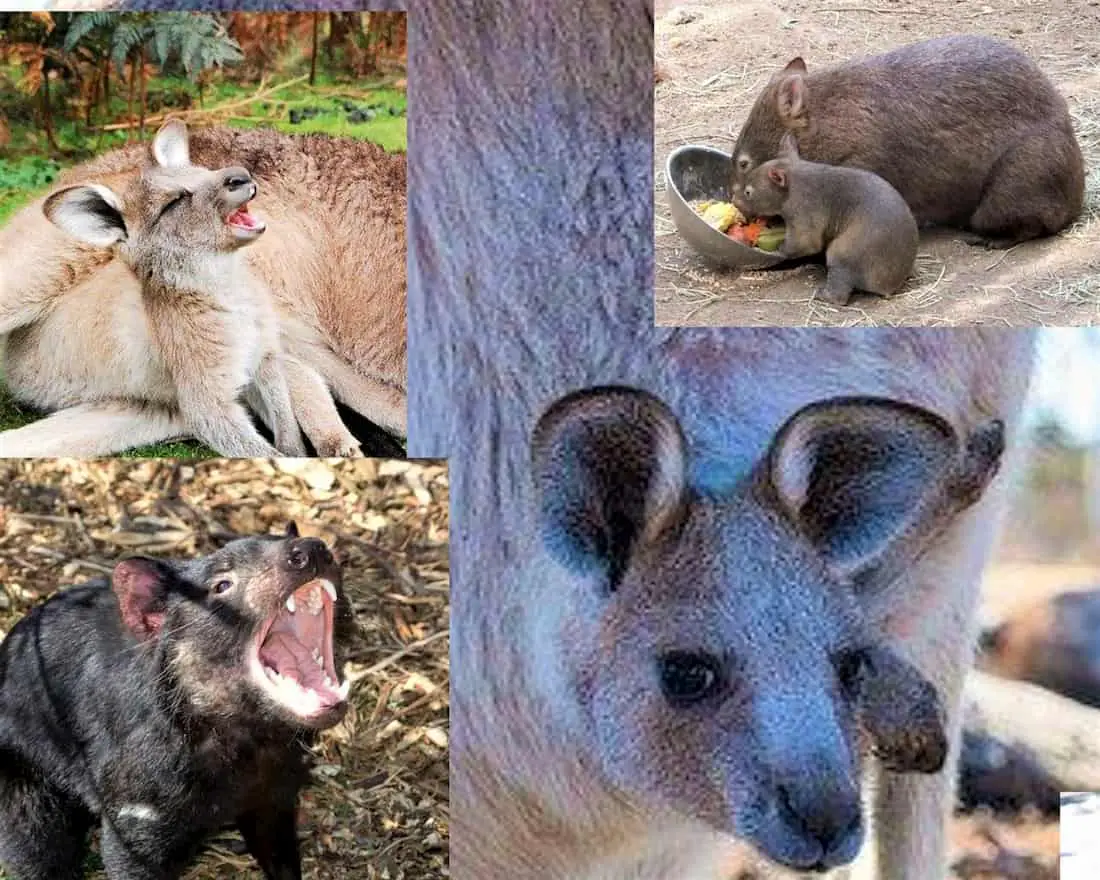
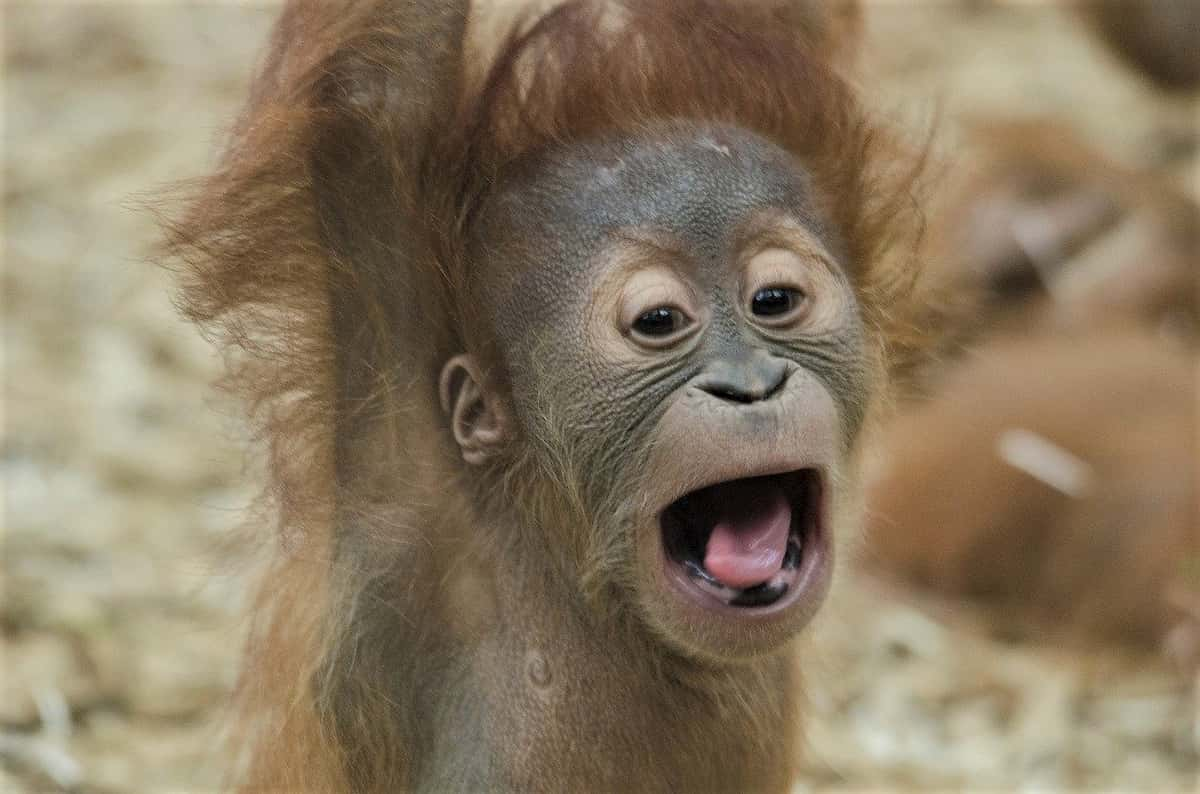
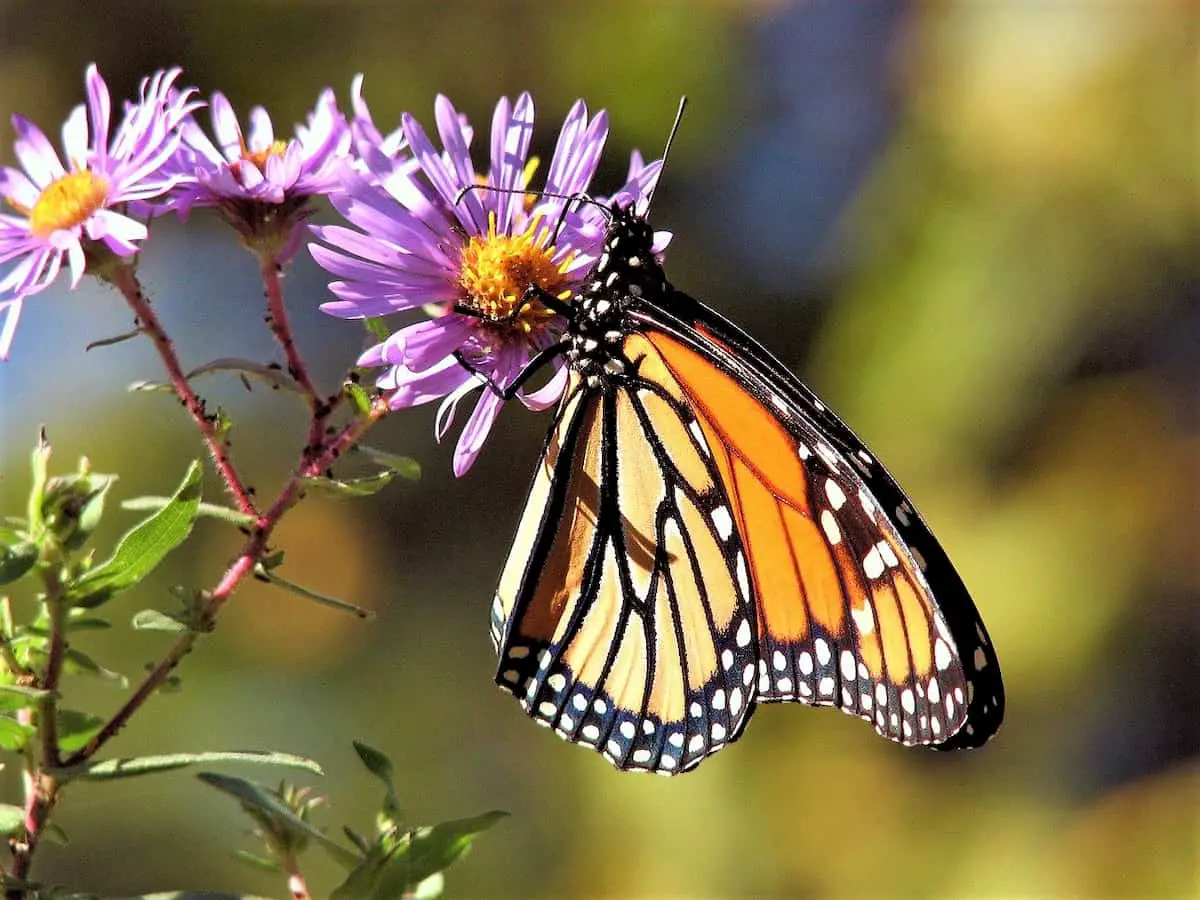 Love strategy
Love strategy
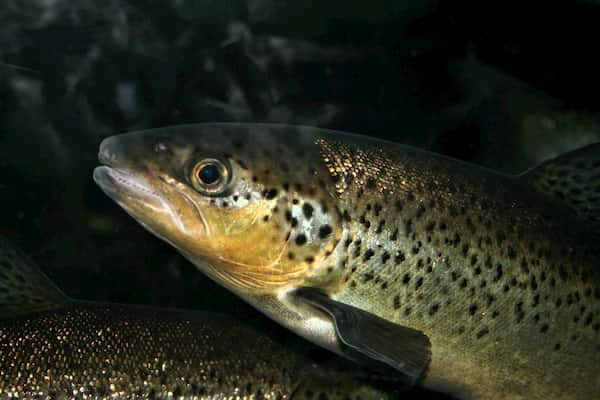
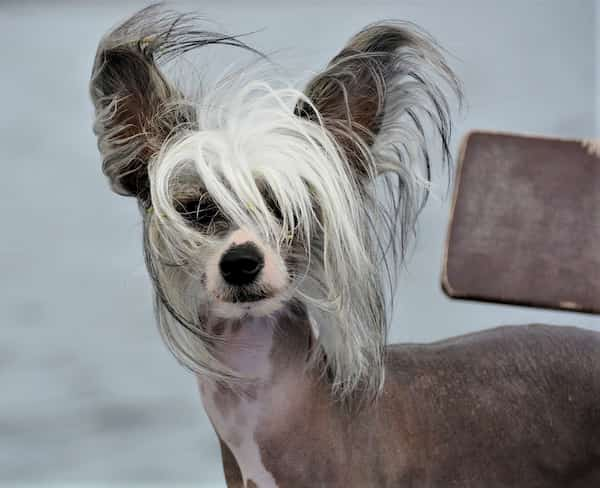
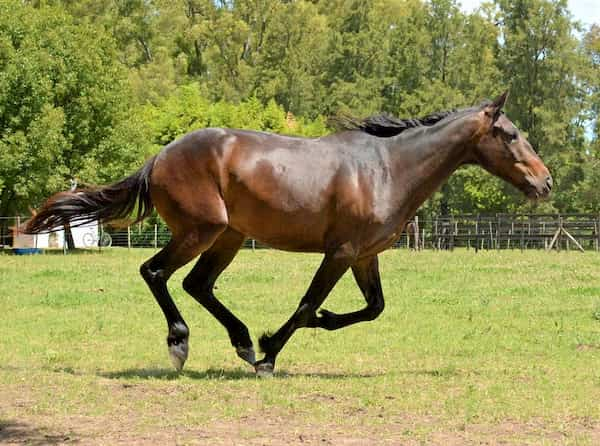 But what about the other animals?
But what about the other animals?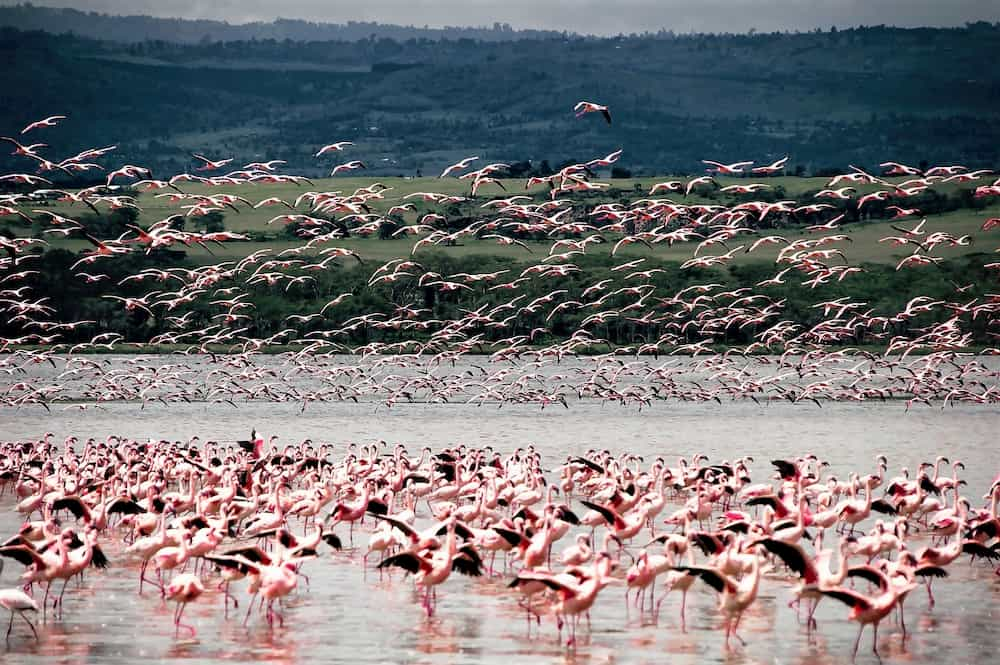
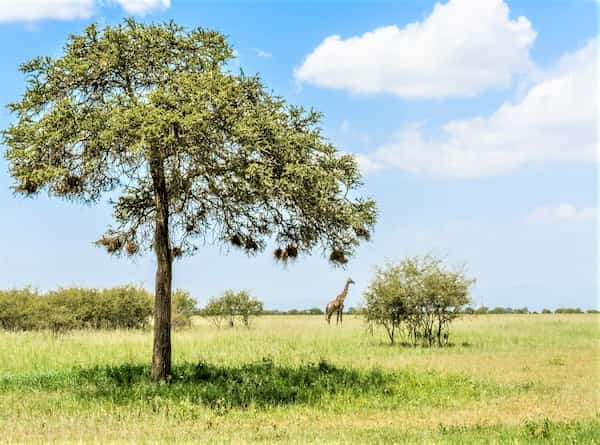

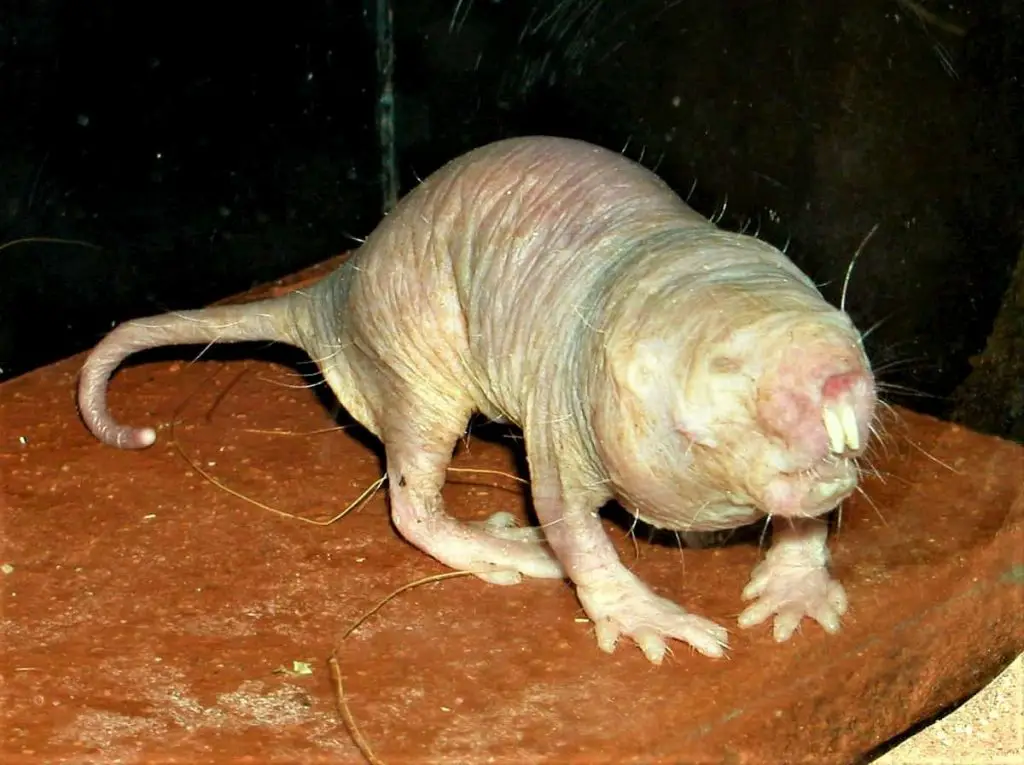
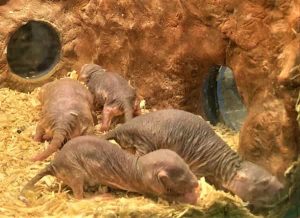
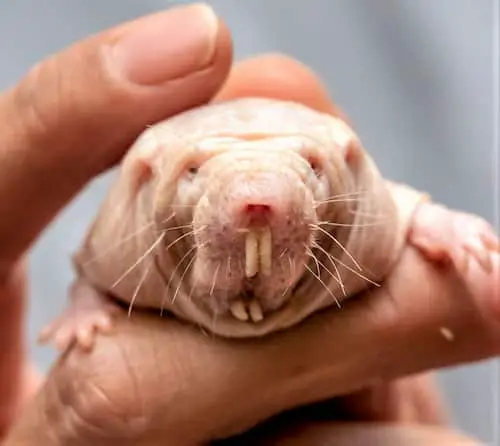
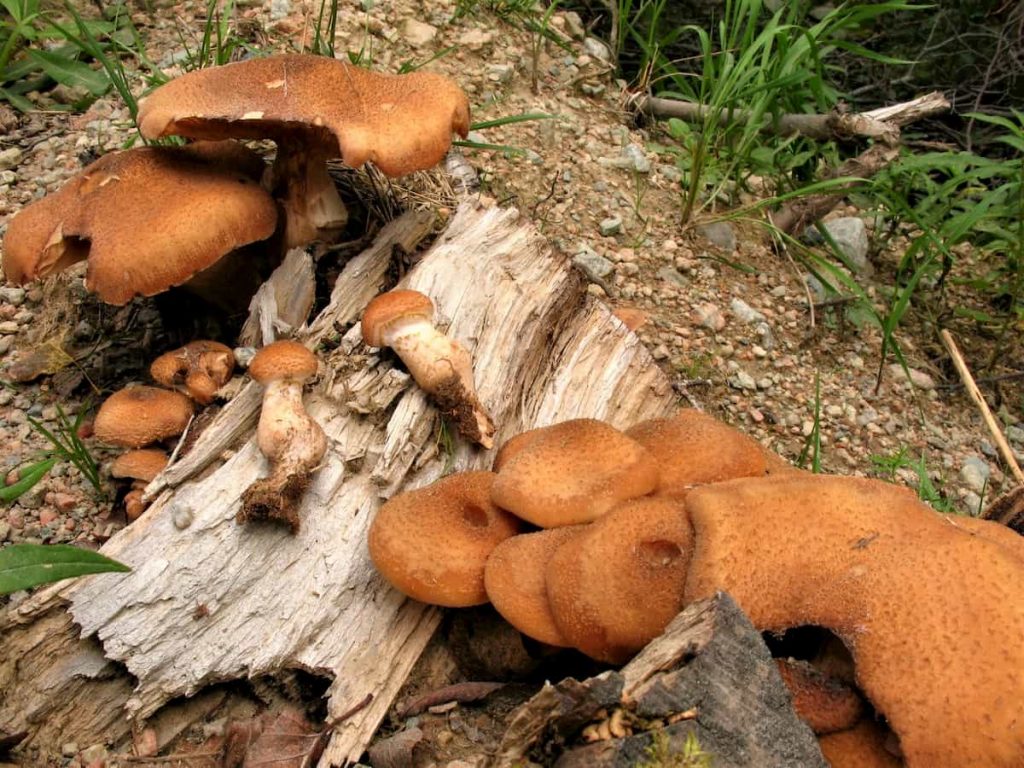
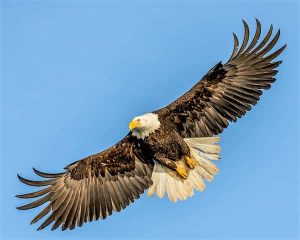
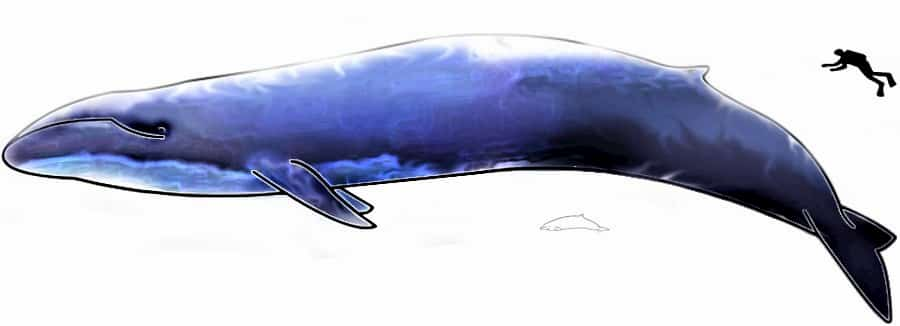 The largest living organism on earth.
The largest living organism on earth.